Could ‘Microfactories’ Pave A New Path Forward For Plastic Recycling?

As the global plastic crisis escalates, Arizona State University (ASU) and Phoenix have introduced a pioneering solution, called microfactories, that they believe will help reduce waste across all industries. By locally sourcing recyclable materials and turning these mateirals into locally needed products, it may be possible to reduce the climate impact from long-distance hauling and wasteful production. How do microfactories revolutionize plastic recycling efforts, what advantages do they offer in terms of reducing environmental impact and fostering circular economies, and how can stakeholders collaborate to maximize the potential of microfactories in driving plastic waste reduction initiatives and advancing towards a more sustainable futusre?
Top Stories This Week
- Glowforge Releases Spark, Another Low-Priced 3D Laser Engraver To Attract More Home Crafters
- Electronics Processor Begins Recycling Robotics
- China Aims For Self-Reliance In Tech; Vows To Open Manufacturing To Foreign Investors
- Chinese Autonomous Car Tests In California Plunge 70% Amid Security Scrutiny
- Improved, Stuxnet-Like PLC Malware Aims To Disrupt Critical Infrastructure
- Could ‘Microfactories’ Pave A New Path Forward For Plastic Recycling?
- Europe’s Biggest 3D-Printed Building Rises In Just 140 Hours
- Diamond Nanomembranes Make Electronics 10x Cooler, 5x Faster To Charge
- Scientists Use Dairy Waste To Extract 22-Carat Gold From Motherboards And Other E-Waste
- Scaleway Launches Its RISC-V Servers In The Cloud, A World First And A Firm Commitment To Technological Independence
Hardware Business News
Glowforge Releases Spark, Another Low-Priced 3D Laser Engraver To Attract More Home Crafters

Seattle-based 3D laser engraver manufacturer, Glowforge, continues its pursuit of capturing the home crafting market with its latest offering, the Glowforge Spark. Following the success of its Aura model, priced at $1,200, Glowforge aims to attract an even broader audience with the Spark, priced at $699. The Spark, albeit slightly smaller than its predecessor, boasts the same laser technology capable of cutting an array of materials, including paper, leather, and wood, with a bed size of 8 inches by 12 inches. How does the pricing strategy for the Spark position Glowforge against competitors in the home crafting market, what community engagement tactics might Glowforge employ during the Spark’s presale and beyond, and how might Glowforge navigate legal disputes and operational setbacks to sustain its market presence and innovation momentum?
Electronics Processor Begins Recycling Robotics
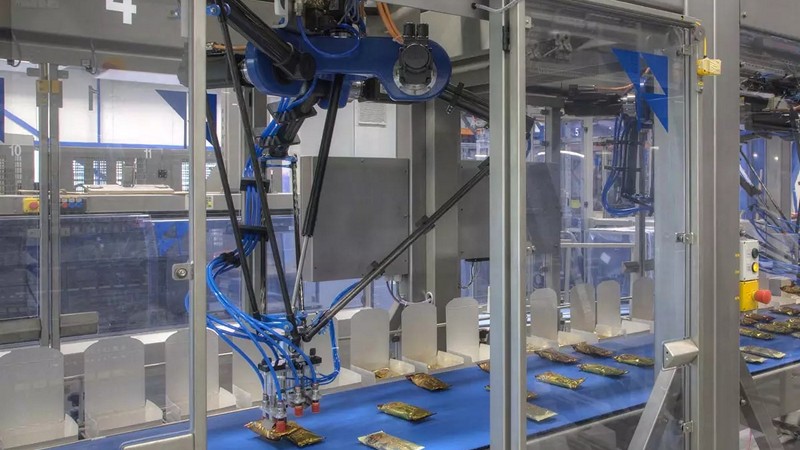
The integration of robotics into recycling facilities has been steadily gaining momentum, revolutionizing the sorting and processing of recyclables and electronic waste. In a notable development, First America, a prominent metals and electronics recycling firm with a nationwide presence, has announced its adoption of robotic equipment within its facilities. This move signals a significant shift in end-of-life stream management, with the company leveraging its expertise to incorporate robotics into its recycling processes. How does the integration of robotic sorting capabilities enhance First America’s ability to process electronic waste effectively, what challenges might it encounter in this transition, and how does First America envision contributing to a more sustainable future, particularly in terms of resource recovery and environmental impact mitigation?
China Aims For Self-Reliance In Tech; Vows To Open Manufacturing To Foreign Investors

Amidst global economic uncertainties and evolving geopolitical dynamics, China has underscored its commitment to bolstering key industries pivotal to its future competitiveness. From artificial intelligence to space exploration, Beijing has articulated a clear vision aimed at enhancing self-sufficiency while simultaneously offering greater access to certain sectors to attract foreign investment. How will China’s emphasis on self-sufficiency in key industries reshape global economic dynamics and trade relationships, how might these reforms impact the trajectory of future trade negotiations and geopolitical alliances, and what challenges and opportunities lie ahead for both domestic and foreign stakeholders?
Chinese Autonomous Car Tests In California Plunge 70% Amid Security Scrutiny
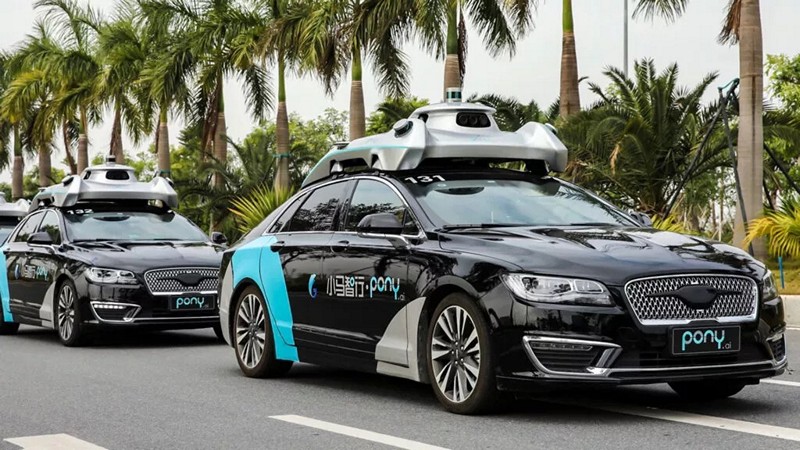
With the numerous advanced in the field of automotives, Chinese companies have been actively testing their self-driving cars on Californian roads. However, recent data from the state highlights a significant downturn in miles travelled by these vehicles compared to the previous year. While concerns over security and regulatory hurdles loom large, the decline in testing activity raises questions about the future trajectory of Chinese autonomous vehicle development in the U.S. market. What factors have contributed to the sharp decline in miles travelled, how are concerns over security and regulatory hurdles shaping the decisions of Chinese companies regarding their investments in autonomous vehicle development, and what strategies are they likely to adopt moving forward?
Hardware Engineering News
Improved, Stuxnet-Like PLC Malware Aims To Disrupt Critical Infrastructure
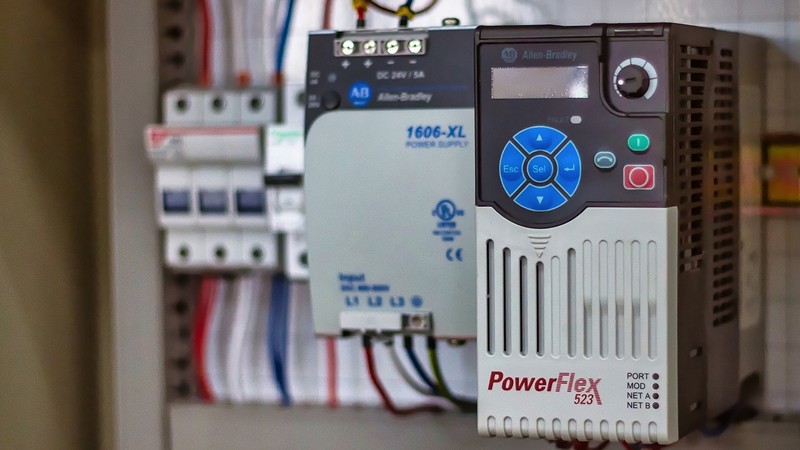
In an era where programmable logic controllers (PLCs) are increasingly embedded with web servers, a new breed of malware poses a significant threat to industrial control systems (ICS) in critical infrastructure. Developed by researchers at the Georgia Institute of Technology, the new malware doesn’t require physical access to target an ICS environment, making it a potent tool for remote attacks with potentially catastrophic consequences. What are the key features of the newly developed PLC malware, how does it differ from traditional malware targeting industrial control systems, and what are the broader implications of this malware’s platform independence?
Europe’s Biggest 3D-Printed Building Rises In Just 140 Hours

Nestled within the urban landscape of Heidelberg, Germany, the Wave House emerges as a groundbreaking feat of architectural ingenuity. Designed by SSV and Mense Korte, and brought to life by Peri 3D Construction for developer KrausGruppe, this structure stands as Europe’s largest 3D-printed building, spanning an impressive 600 sq m (6,600 sq ft). Far from the conventional monotony of data center infrastructure, the Wave House injects a sense of style and innovation into its design, setting a new standard for functionality and aesthetics in the realm of cloud-computing infrastructure. How does the Wave House exemplify the fusion of technology and design, what are the environmental implications of utilizing 3D printing technology in construction, and how does the Wave House address sustainability concerns within the context of urban development?
Hardware R&D News
Diamond Nanomembranes Make Electronics 10x Cooler, 5x Faster To Charge
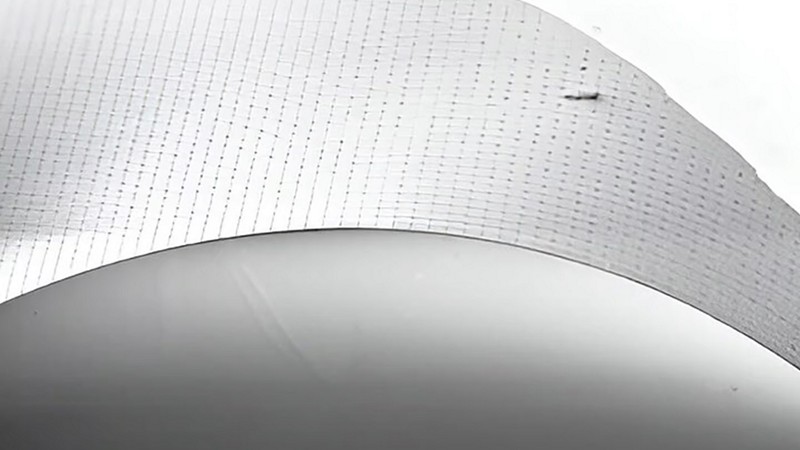
In the realm of electronics, heat management stands as a critical challenge, often dictating the efficiency and lifespan of devices. However, a team of scientists from Fraunhofer has unveiled a groundbreaking solution utilizing ultra-thin diamond membranes to revolutionize heat dissipation in electronic components. Leveraging diamond’s exceptional thermal conductivity, this innovation promises to not only enhance the performance and durability of electronic devices but also holds the potential to significantly accelerate electric vehicle charging speeds. How does the integration of ultra-thin diamond membranes address the longstanding issue of heat management in electronic components, what specific advantages do diamond nanomembranes offer over traditional heat sinks made of copper or aluminium, and how do these advancements contribute to improved energy efficiency and device longevity?
Scientists Use Dairy Waste To Extract 22-Carat Gold From Motherboards And Other E-Waste

Electronic waste poses a significant environmental challenge globally, with millions of tons of discarded electronics accumulating each year. Unfortunately, the conventional methods of recycling these devices often fall short due to their expense and inefficiency, leading to vast amounts of valuable metals, like gold, being left unreclaimed and ultimately ending up in landfills or incinerators. However, a recent breakthrough utilising cheesemaking byproducts shows remarkable promise in extracting metals from electronic waste. How does the utilization of a cheesemaking byproduct for metal extraction represent a novel and sustainable approach to tackling electronic waste, what are the potential economic and environmental benefits of implementing this sponge-based method for gold extraction, and what are the challenges and timelines associated with commercializing this groundbreaking technology?
Open-Source Hardware News
Scaleway Launches Its RISC-V Servers In The Cloud, A World First And A Firm Commitment To Technological Independence
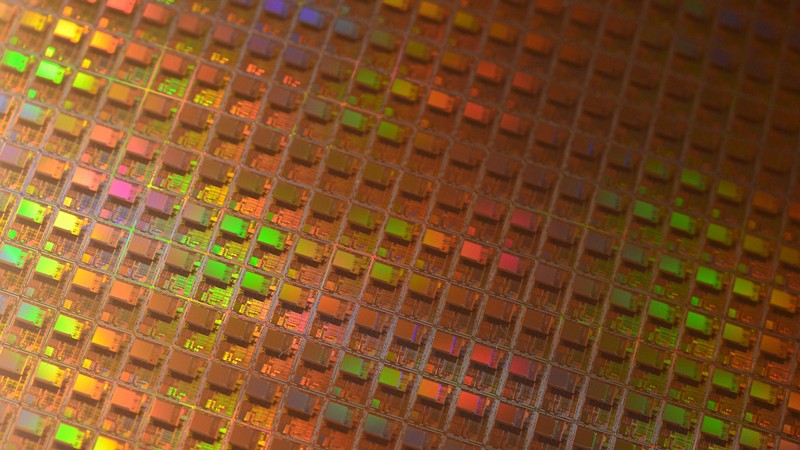
In a bold move towards technological innovation and sovereignty, Scaleway has unveiled its latest offering: a range of RISC-V servers. With this ground-breaking initiative, Scaleway reaffirms its commitment to fostering the technologies of tomorrow while advancing the principles of openness, efficiency, and sustainability in cloud computing. How does Scaleway’s introduction of RISC-V servers contribute to the broader movement towards technological sovereignty and independence in the semiconductor industry, what potential benefits does the adoption of RISC-V architecture offer in terms of energy efficiency, performance, and sustainability for data centers, and what implications does this have for the future of cloud computing in Europe?
